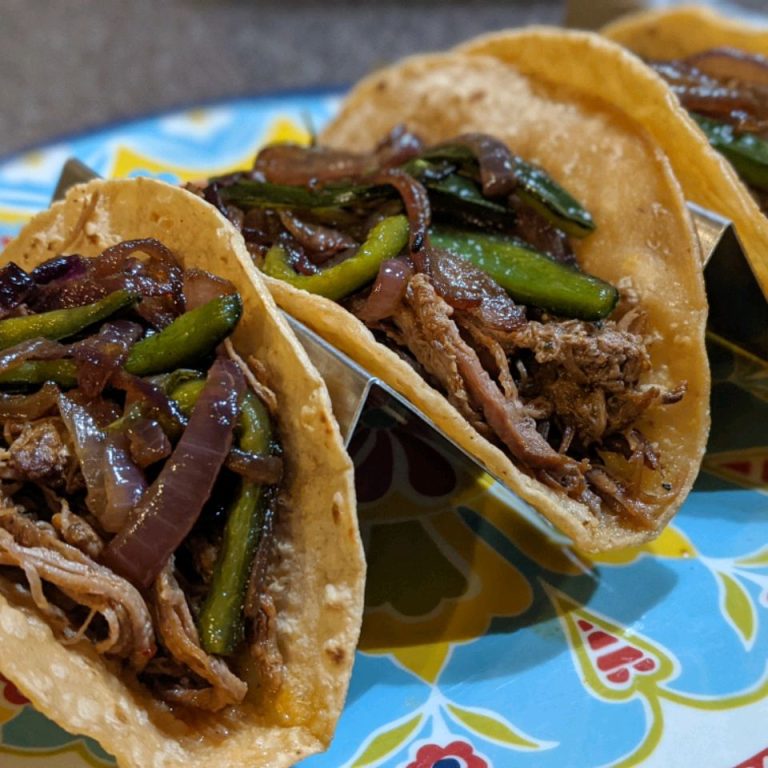Almond Crescent Cookies: History, Recipe, and Expert Tips for Perfect Vanillekipferl
Almond Crescent Cookies, popular in several European countries, have a rich history. These cookies, known as Vanillekipferl in Austria and Germany, often grace tables during Christmas. Their origin traces back to the Vienna region in the 13th century. Almonds, a prominent ingredient, were introduced to Europe through trade routes from the Middle East. Different regions add their unique touch to these cookies by using locally available ingredients.
Popularization in American Cuisine
Almond Crescent Cookies became popular in American cuisine during the 20th century. European immigrants brought their cherished recipes, including these cookies, to the United States. Over time, Almond Crescent Cookies gained popularity during the holiday season. This adaptive recipe has evolved, blending American baking traditions with its European roots. Today, they’re a beloved holiday treat, enjoyed across diverse cultural festivities.
Key Ingredients and Substitutions
Essential Ingredients for Authenticity
Almond Crescent Cookies, rooted in European tradition, depend on specific ingredients for their authentic flavor and texture. Below are the essential components:
- Almonds: Ground almonds form the base, providing a distinct nutty flavor and delicate texture.
- Butter: High-quality butter ensures richness. It binds the ingredients while contributing to the soft, crumbly consistency.
- Flour: All-purpose flour gives the cookies structure and balance with the almond meal.
- Sugar: Granulated sugar sweetens the dough, while powdered sugar dusted on finished cookies adds a gentle sweetness and traditional look.
- Vanilla Extract: Pure vanilla extract enhances the overall flavor, complementing the almonds beautifully.
Common Substitutes for Dietary Restrictions
Catering to various dietary needs and preferences can be achieved with the following substitutes:
- Almonds: Use coconut flour for nut-free diets. This changes the flavor but still provides a suitable texture.
- Butter: Substitute with coconut oil or vegan butter for a dairy-free option. Both offer a different flavor profile while maintaining the richness.
- Flour: Replace all-purpose flour with gluten-free flour blends for gluten intolerance. Look for blends specifically designed for baking.
- Sugar: Opt for coconut sugar or erythritol to reduce the glycemic index. These alternatives won’t replicate the exact sweetness but offer a healthier option.
- Vanilla Extract: Ensure the vanilla extract is alcohol-free for those avoiding alcohol. Vanilla bean paste or powder can also be used without sacrificing flavor.
These substitutions ensure the cookies remain delicious while meeting dietary needs, making Almond Crescent Cookies accessible to everyone.
Step-by-Step Baking Guide
Mixing the Dough
Ensure consistency by combining the ingredients in a specific order. Begin by creaming one cup of unsalted butter and half a cup of granulated sugar together until light and fluffy. Add one teaspoon of vanilla extract for flavor enhancement. Gradually incorporate one and three-quarters cups of all-purpose flour, mixing until a dough forms. Finally, fold in one cup of finely ground almonds, ensuring even distribution throughout the dough. This method guarantees a uniform texture and a rich almond flavor.
Shaping and Baking
Turn the dough onto a lightly floured surface. Divide it into small portions, each about one tablespoon. Roll each portion into a ball, then shape it into a crescent by rolling it into a log and bending it slightly. Place the crescents onto a baking sheet lined with parchment paper, spacing them an inch apart to prevent sticking. Bake in a preheated 350°F (175°C) oven for 12-15 minutes until the edges are light golden brown. Allow the cookies to cool on the baking sheet for a few minutes, then transfer them to a wire rack to cool completely. Dust with powdered sugar before serving for an extra touch of sweetness and a classic finish.
Tips for Perfect Almond Crescent Cookies
Achieving the Ideal Texture
Ensure the butter is at room temperature. Room temperature butter creams smoothly with sugar, resulting in a tender dough.
Use finely ground almonds. finely ground almonds blend better with the flour, providing a uniform texture. Avoid using almond meal, as it may have a coarser consistency.
Don’t overmix the dough. Overmixing can make the cookies tough. Once ingredients are combined, stop mixing to ensure the dough remains soft.
Chill the dough before shaping. Chilling firms up the dough, making it easier to shape into crescents and preventing spreading during baking.
Storage and Freshness
Store in an airtight container. Airtight containers keep the cookies fresh by preventing moisture from seeping in.
Layer cookies with parchment paper. Parchment paper prevents cookies from sticking to each other, maintaining their shape and texture.
Store at room temperature. Storing at room temperature keeps the cookies crisp. They can remain fresh for up to a week.
Freeze for longer storage. If you need to store them longer, freeze the cookies. They can last up to two months in the freezer. Make sure to thaw at room temperature before serving.
Conclusion
Almond Crescent Cookies are a delightful treat that combines rich history with simple, timeless ingredients. By following the step-by-step guide and incorporating the tips provided, you’ll create perfectly textured and flavorful cookies every time. Whether you’re making them for a special occasion or just to satisfy a sweet craving, these cookies are sure to impress. Enjoy the process and savor the delicious results!






